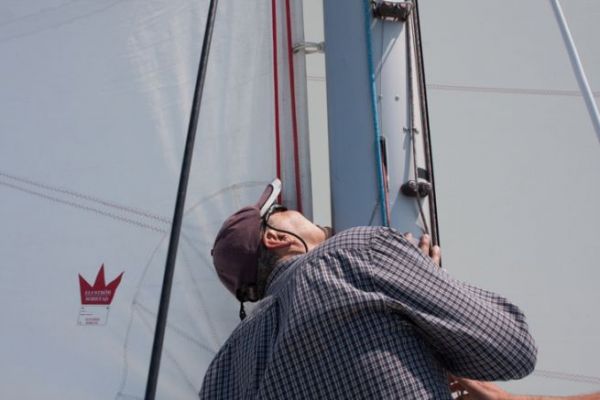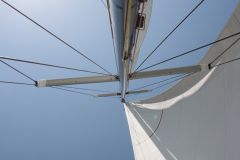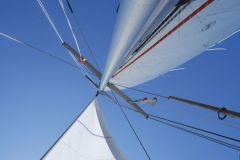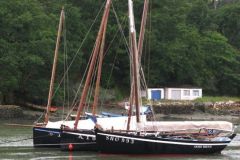Correctly adjusting a standing rigging involves much more than simply tightening or loosening a few cables. It's a technical operation that affects the boat's safety and performance under sail. From initial assembly to adjustments at sea, each element of the mast and its attachments plays a precise role, which you need to know in order to intervene effectively.
Aligning and balancing the mast in port
During installation, the aim is to position the mast vertically in line with the boat's centerline, while respecting the quarter prescribed by the architect. The mast's Ôeuros aft inclination Ôeuros depends mainly on the length of the forestay and its turnbuckle, which is set in the middle position to maintain a margin of adjustment. Longitudinal bending is obtained by tensioning the shrouds and cross-stays differently.
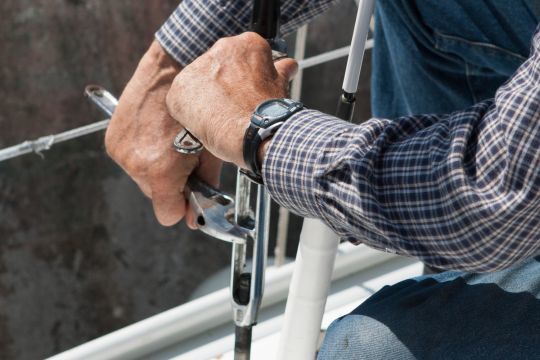
Chainstay adjustment and handlebar control
The cap shrouds (V1, V2, V3) hold the mast laterally, while the lower shrouds (D1) and intermediate shrouds (D2) help maintain it longitudinally. Tension must be progressive and symmetrical, to avoid lateral deformation. A permanent hanger that is too pronounced can compromise forestay hold, while a mast that is too straight limits control of the mainsail trough.
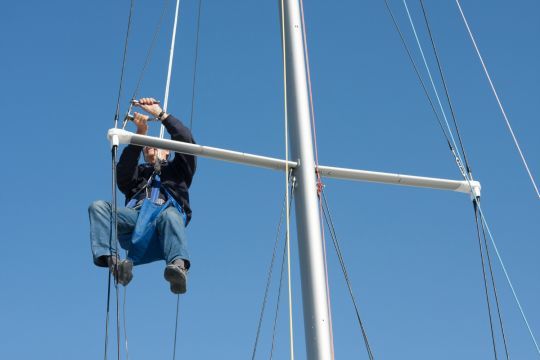
Backstay navigation
The backstay acts directly on forestay tension and mast hanger.
-
Light airs (< 8 knots) flexible backstay, allowing a looser luff and favouring sail hollowing.
-
Medium wind (8 to 18 knots) backstay slightly taut to stabilize the forestay, but not too tight on the hanger.
-
Breeze (> 18 knots) backstay stiffened to reduce mainsail draft and limit power.
Adapting to different gaits
-
Upwind in strong winds tighten the backstay to reduce the forestay hanger and flatten the mainsail.
-
Downwind with spinnaker or gennaker keep the backstay taut to avoid inverting the mast, which could be pushed sideways by the thrust of the headsails.
Interaction with halyard tension
Halyard tension also influences the profile of the sails:
-
In light airs, slightly slackening the halyard increases sinkage and power.
-
In strong winds, tensioning the halyard will reduce sinkage and improve heading.
Precautions and checks after navigation
After tacking in the breeze, it's essential to release the backstay and check the general tension of the rig. A leeward lower shroud that appears slack is not necessarily a fault: the compression of the mast under load mechanically reduces its tension.

 /
/ 